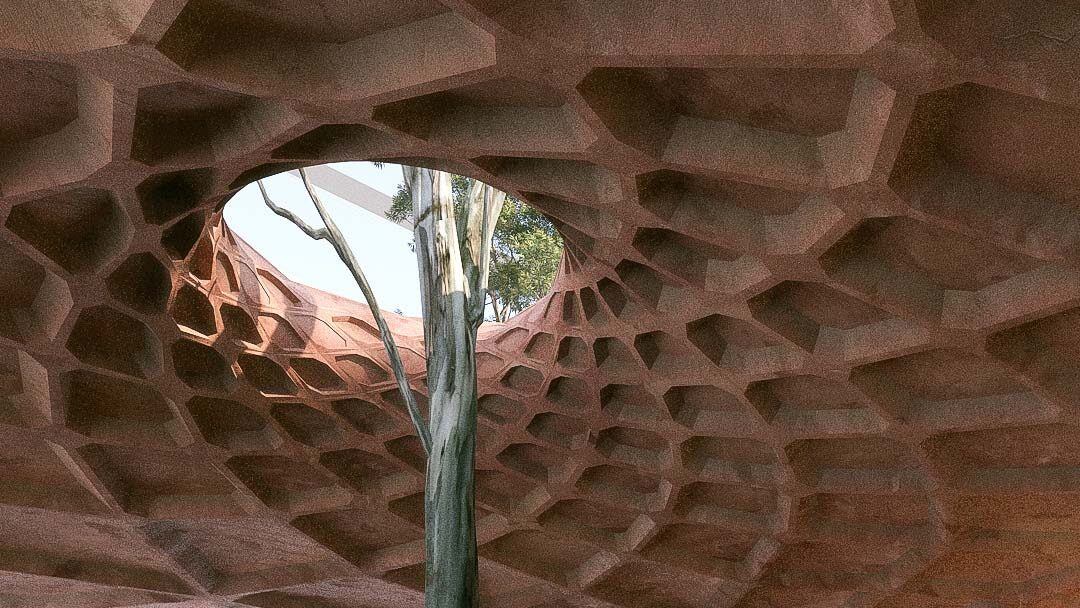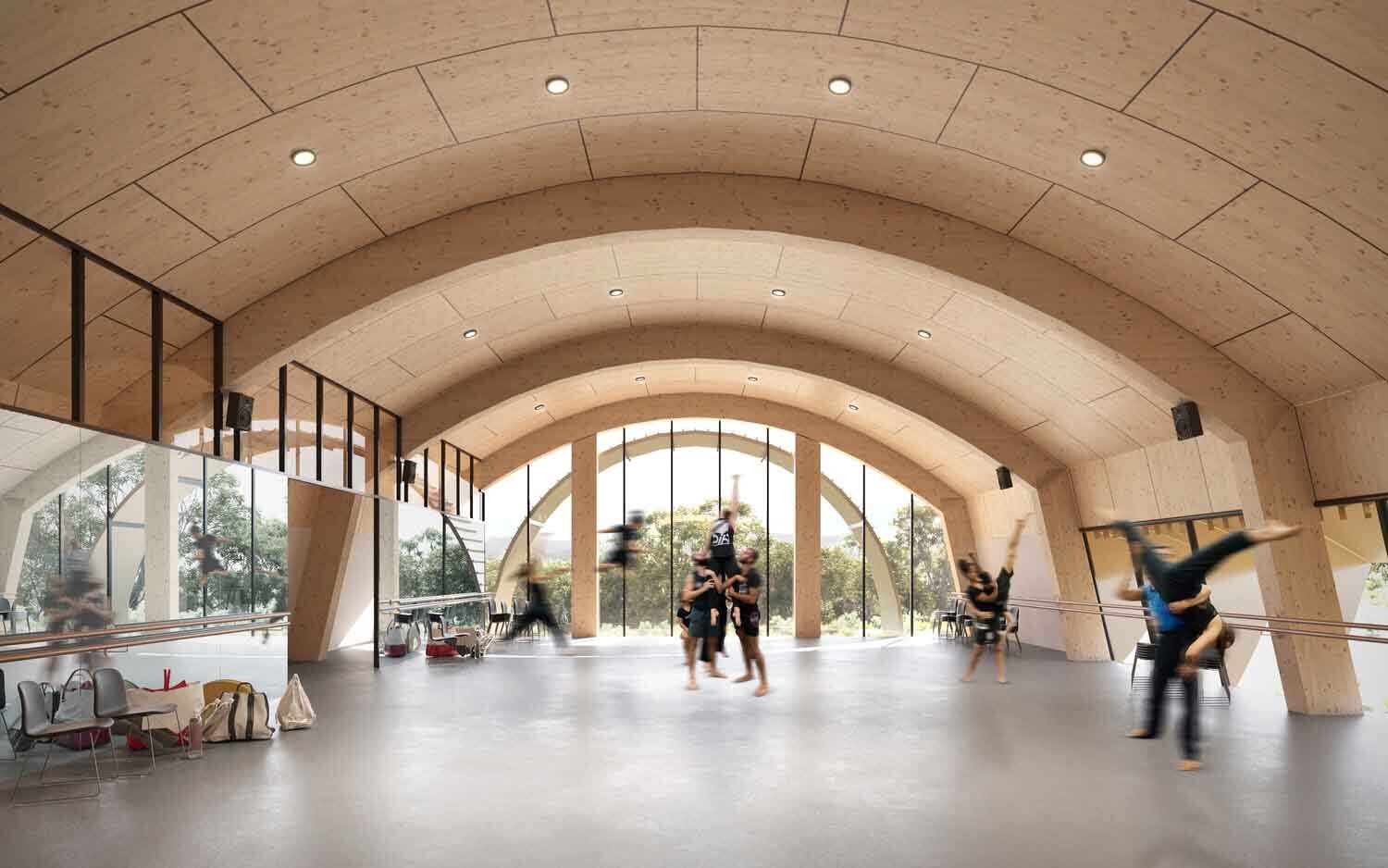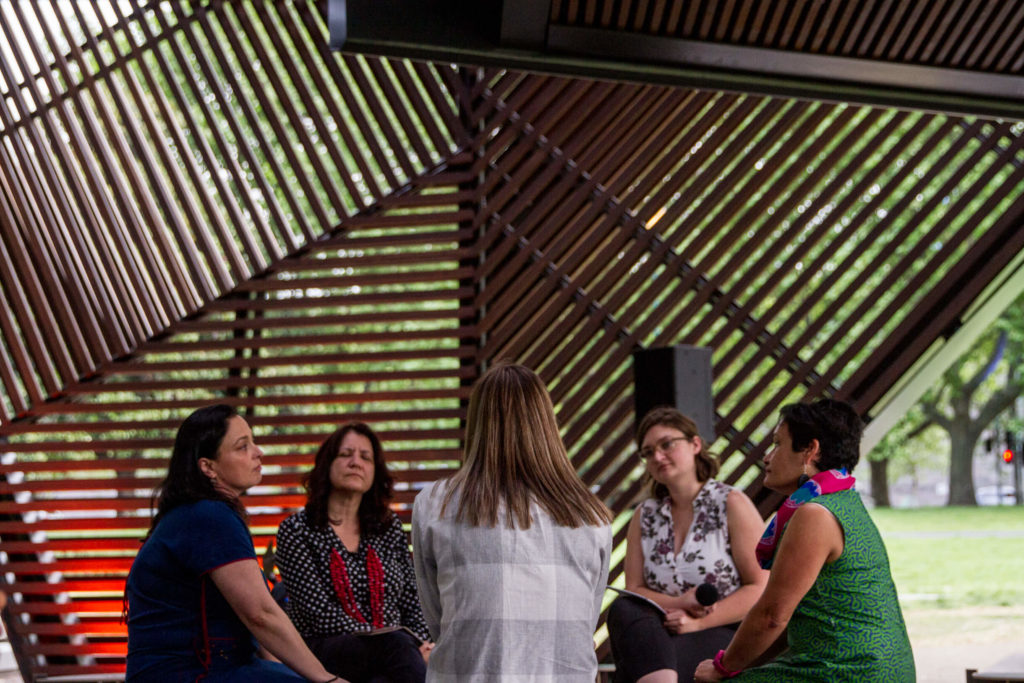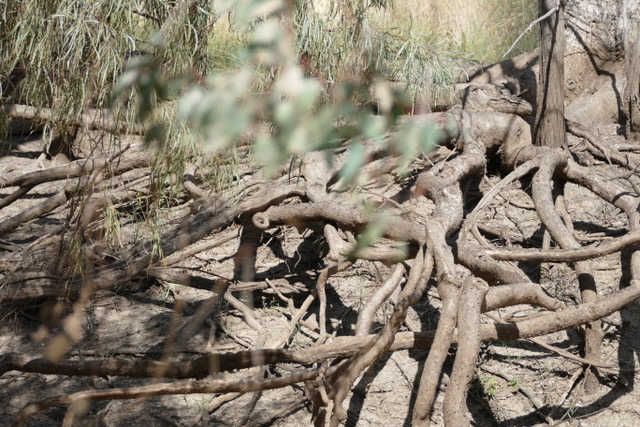Computing, Craft, Climate and Country

This article explores the productive synergies between design for climate and design for Country, and the ways that computation can contribute meaningfully. Our context is a world experiencing multiple crises (climate, biodiversity loss, equity) and a discipline (architecture) that has historically reinvented itself by embracing the transformative potential demanded (and offered) by such challenges.
More of us: What’s now and what’s next for Indigenous architectural practice

As two of the few female First Nations architects in Australia, Marni Reti and Tiana-Jane Furner are continuing the legacy of First Nations architectural leadership. Here they discuss the importance of being involved in all stages of a project.
Instant Culture

As architects, we hoard cultural information: maps, drawings, books, stories, pictures, notes, letters, sketches. We hope that through our analysis, this information can be meaningfully composed, and that together, our collected fragments can speak to a relevant culture or history in built form.
Country-Centric Design and Technology

Australia’s First Peoples live a relational cultural framework binding us to the natural world and each other. Lived experience is not an abstract philosophy, shaping communities and world views.
This is not my Country

This is not my Country, and because it’s not my Country, I cannot speak on its behalf. This statement is true for me, and almost every built environment professional in Australia, so how can we work on and with the Countries that we are responsible for fundamentally modifying?
Our voices. Our ways. Our time. Our spaces.

Samantha Rich and Danièle Hromek on First Nations women working in spatial disciplines.
Caring for Indigenous cultural philosophies

Let’s consider that precursory to the NSW Architects Code of Professional Conduct, an architect could carry a duty of care to place; an obligation to be in tune with the long-term impacts of our profession, practice and production.